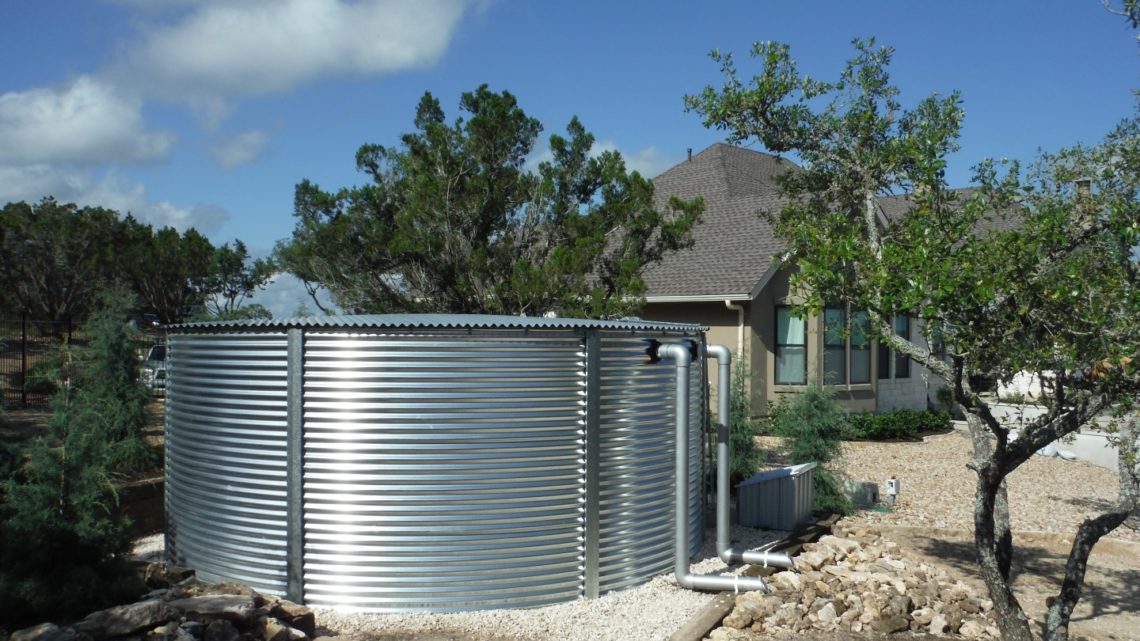
How to Install a Rainwater Cistern for Water Resourse Conservation
A rainwater cistern is a great way to collect and store rainwater. But you need to ensure that you install it properly to avoid problems down the road. Here are some guidelines to follow. Make sure that the inlet pipe is long enough to allow water to enter without causing a problem: it should terminate at the base of the cistern, and it should be configured with an “up-flow” or “stilling” inlet to prevent water from flowing down into the cistern.
The bottom of your cistern should be low enough to allow water to bubble upward. In this way, it can mix with oxygen from the air. When the water level in the cylinder is low enough, it will allow the air to mix with the water. Eventually, it will turn into potable water. The next step is to choose a suitable location for the cistern. Remember that there are many types of cisterns and there is one out there for you.
In order to make your cistern work correctly, you should choose the correct type of input pipe. If you don’t have a sewer line, you should install a submersible pump that can evacuate the water. If you’re not sure how to install the inlet pipe, read the Making Rainwater Potable page. There are also some other important tips to consider when choosing a cistern for your home.
The best type of cistern will be one that keeps the water clean. The sediment carried by incoming runoff will settle to the bottom of the jar. You should use a first-flush diverter to minimize the sediment input, and a sediment trap to prevent the cistern from leaking. When you install a cistern, be sure to put in a 6-inch sediment storage zone.
A rainwater cistern is an effective way to capture rainwater. The cistern should be located at least six inches above the floor of the home. A distribution system will be necessary to bring the harvested water to the desired location. A pump may be necessary to draw water for some applications, but in most cases, a simple faucet is all that’s needed. This means that the distribution system is an essential part of your reclaimed water.
The top of a cistern should be reinforced concrete to fit tightly onto the house or structure. A well-designed cistern will have a separate input pipe. The fill pipe should be installed near the driveway or road surface. During heavy rainfall, it is essential to place a heavy lid over the manhole. This will prevent dust, light, and contaminates from entering the cistern.
While some literature recommends avoiding algae in a rainwater cistern, other specialists claim that algae are beneficial to the biological stability and purify the water. While both assertions are true, the best approach for a bumblebee rainwater cloister is to keep the pond above ground. For the sake of safety, a well must be located near a street. Regardless of where you locate your cistern, the above ground version will provide a good source of water for the entire home.
